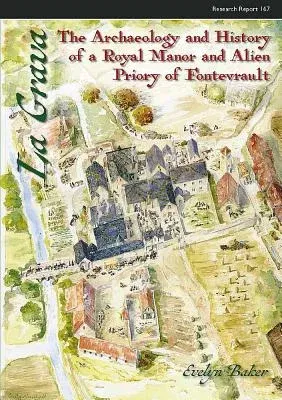Evelyn Baker
(Author)La Grava: The Archaeology and History of a Royal Manor and Alien Priory of FontevraultPaperback, 31 October 2013

Qty
1
Turbo
Ships in 2 - 3 days
In Stock
Free Delivery
Cash on Delivery
15 Days
Free Returns
Secure Checkout

Part of Series
CBA Research Report
Part of Series
CBA Research Reports
Print Length
424 pages
Language
English
Publisher
Council for British Archaeology
Date Published
31 Oct 2013
ISBN-10
1902771877
ISBN-13
9781902771878
Description
Product Details
Author:
Book Format:
Paperback
Country of Origin:
GB
Date Published:
31 October 2013
Dimensions:
29.72 x
21.08 x
2.79 cm
ISBN-10:
1902771877
ISBN-13:
9781902771878
Language:
English
Pages:
424
Publisher:
Weight:
1769.01 gm